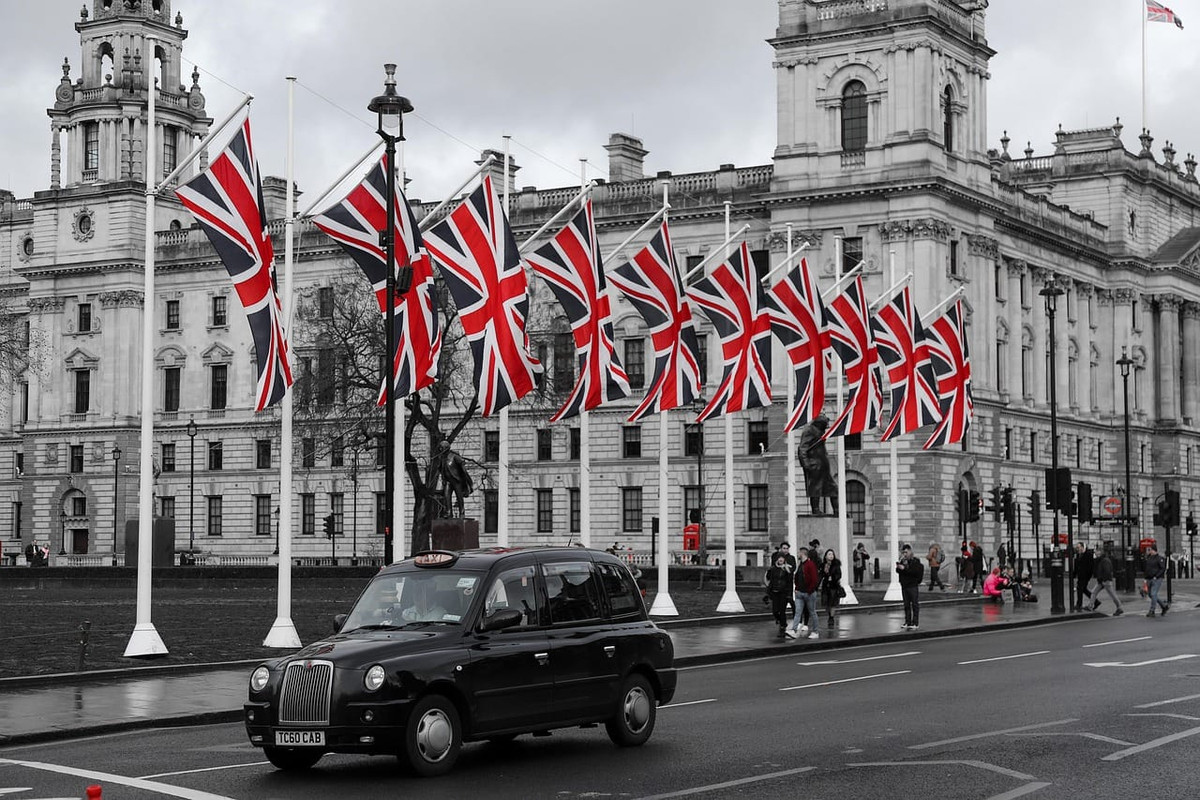
Red Sea Global (RSG), the developer behind renewable tourist destinations The Red Sea and Amaala, announced a deal to bring sustainable aviation fuel (SAF) to the Kingdom for the first time.
In order to make airline more sustainable, SAF and carbon lower flights (LCAF), fuel has been developed specifically to help reduce the emissions of the life cycle of greenhouse gases associated with aircraft. SAF can be made either from clean hydrogen and carbon dioxide that has been captured, or renewable or derived flying fuel. RSG and Daa International, Red Sea International Airport (RSI), the deal with the airport’s fuel supplier, Arab Petroleum Supply Company (APSCO). RSI airlines now have a fuel option with SAF.
The current international standards and recommendations issued by relevant organizations such as the International Civil Aviation Organization (ICAO) and the International Air Transport Association (IATA) require that they be mixed with the standard Jet A1 flying fuel. The SAF supplies of RSI are 35 % SAF and 65 % Jet A1, which in turn reduces productive carbon emissions resulting directly from each plane that uses this fuel by up to 35 %
“Traveling is a way to bridge cultures, expand the horizons and renew the mind, body and spirit. But travel has a cost, especially for our planet. For this reason, we promised to transform the industry, and transfer it towards a sustainable future and renewal. By bringing sustainable aviation fuel to the Kingdom, we greatly transfer the personal carbon imprint to our guests from the moment they reach and even after their departure.
“More than this, we support the broader aviation sector to start making better environmental options,” said John Bagano, CEO of Red Sea Global.
As part of its ambition to achieve zero zero, the Fly Red Sea in RSG, which provides the transportation of the sea plane, and rented and picturesque tours through its destinations, will be provided with its fleet exclusively with fuel that ensures that flying is more sustainable like SAF and LCAF.
This complements other RSG solutions to reduce carbon emissions, that is, their commitment to the authority of all Sunlight operations. In fact, RSG has already published More than 400 megawatts of solar panels in the Red Sea, which will avoid up to 600000 T2EQ annually at full operation. In addition, RSG aims to increase the density of the mangrove by 50 million by 2030 by protecting the destination of the destination, restoring and strengthening, in cooperation with the National Center for Vegetable Cover and Other Institutes.
“The presentation of sustainable aviation fuel at Red Sea International Airport is a great milestone in our commitment to overseeing the environment and sustainability. This leading initiative is not only reduced carbon emissions, but is also in line with our broader mission to protect the unique and fragile ecosystem in the Red Sea,” Michael White, Senior Trade Employee at the RSI Conference at RSI.
The Red Sea welcomed its first guests in 2023, with five of its heights open now. RSI has received a regular schedule for local trips since September 2023 and international flights began in April 2024, with a road twice a week between the Red Sea and Dubai International.
Upon complete completion in 2030, the destination will include 50 resorts, offering up to 8,000 hotel rooms and more than 1,000 residential properties across 22 islands and six internal sites. The destination will also include luxury facilities, golf fields, entertainment, F&b, and entertainment facilities.

